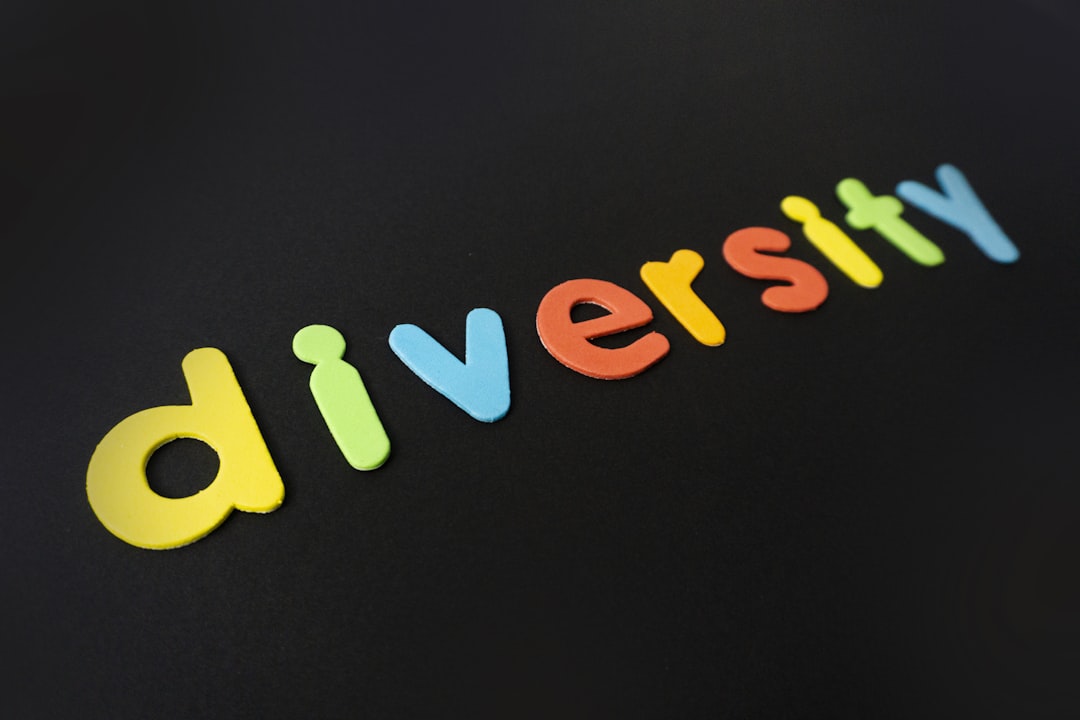Cities in the USA: Diversity, Development, and Dynamics
Introduction
The United States is a nation of cities: bustling metropolises, sprawling suburbs, and emerging urban cores shape its economy, culture, and demographics. Home to over 330 million people, the U.S. is renowned for its diverse and dynamic urban environments. From iconic global hubs such as New York City and Los Angeles to rapidly growing centers like Austin and Charlotte, American cities reflect a tapestry of history, innovation, and migration. This article delves into the landscape of U.S. cities, exploring their growth, features, challenges, and prospects.
A Brief History of Urbanization in the USA
Urban development in the U.S. evolved in distinct phases:
- Colonial Towns: Early settlements like Boston and Philadelphia were compact and centered on ports.
- Industrialization: The 19th century saw explosive city growth, particularly in the Northeast and Midwest, as waves of immigrants arrived.
- Post-War Suburbanization: After WWII, urban sprawl and suburbia altered traditional city life.
- Current Trends: Recent decades feature urban renewal, revitalization, gentrification, and the rise of tech-driven cities.
Largest Cities in the United States
Table 1: Top 10 Most Populous Cities (2023 Estimates)
| Rank | City | State | Population | Metropolitan Area Population |
|---|---|---|---|---|
| 1 | New York City | New York | 8,336,817 | 19,190,000 |
| 2 | Los Angeles | California | 3,898,747 | 13,200,000 |
| 3 | Chicago | Illinois | 2,746,388 | 9,600,000 |
| 4 | Houston | Texas | 2,304,580 | 7,300,000 |
| 5 | Phoenix | Arizona | 1,608,139 | 5,100,000 |
| 6 | Philadelphia | Pennsylvania | 1,603,797 | 6,200,000 |
| 7 | San Antonio | Texas | 1,451,853 | 2,600,000 |
| 8 | San Diego | California | 1,386,932 | 3,300,000 |
| 9 | Dallas | Texas | 1,304,379 | 7,600,000 |
| 10 | San Jose | California | 1,013,240 | 2,000,000 |
Sources: U.S. Census Bureau and city websites (2023 estimates).
City Types and Regional Distribution
American cities range widely in size and character, often shaped by geography, climate, and historical patterns.
1. Megalopolises and Metropolitan Areas
- New York, Boston, Philadelphia, and Washington, DC form the Northeast Corridor.
- Los Angeles, as part of the Greater Southern California region, exemplifies extensive sprawl.
2. Sun Belt Cities
- Rapidly growing cities in the South and West, including Houston, Phoenix, Las Vegas, and Atlanta, have benefited from migration and business-friendly climates.
3. Legacy Cities
- Older industrial cities in the Midwest and Northeast (e.g., Detroit, Cleveland, Pittsburgh) face challenges with post-industrial economic shifts.
4. Tech Hubs
- San Jose and San Francisco (Silicon Valley), Austin, and Seattle anchor the U.S. technology sector.
Table 2: Regional Distribution of Major U.S. Cities
| Region | Example Cities | Economic Focus | Population Trend |
|---|---|---|---|
| Northeast | NYC, Boston, Philadelphia | Finance, Education, Medical | Stable/slight rise |
| Midwest | Chicago, Detroit, Columbus | Manufacturing, Tech, Services | Mixed/declining |
| South | Houston, Atlanta, Miami | Energy, Logistics, Tourism | Growing fast |
| West | LA, San Francisco, Seattle | Tech, Entertainment, Trade | Growing/moderate |
Economic Powerhouses
Cities are economic engines. The largest city economies, such as New York (GDP > $2 trillion) and Los Angeles, rank among the world's most influential. Industries are often clustered:
- Finance: New York, Charlotte, San Francisco
- Technology: San Jose, Seattle, Austin
- Entertainment: Los Angeles, Nashville
- Manufacturing: Detroit, Chicago
- Energy: Houston, Dallas
Culture and Diversity
American cities are melting pots: over a third of residents in major metropolitan areas are foreign-born. Cities drive innovation in the arts, cuisine, and social movements. Vibrant immigrant communities contribute to unique urban identities, like Chinatown in San Francisco or Little Haiti in Miami.
Urban Challenges and Opportunities
1. Affordability
- Housing costs are soaring, particularly in coastal and tech cities (e.g., San Francisco, Seattle).
- Gentrification displaces long-term residents.
2. Transportation
- Older cities have robust public transit, but many newer cities are car-dependent.
- Emerging trends: bike sharing, electric scooters, light rail expansions.
3. Climate Impact
- Coastal cities face sea-level rise and hurricanes (Miami, New Orleans).
- Southwestern cities confront water shortages and heat waves (Phoenix).
4. Urban Renewal & Smart Cities
- Investment in green spaces, technology for efficient services, and mixed-use developments are rejuvenating urban areas.
Emerging Cities
Some mid-sized and smaller cities are growing rapidly due to affordability, tech investment, and lifestyle appeal:
Table 3: Fastest-Growing U.S. Cities (2020-2023)
| Rank | City | State | Percent Population Growth |
|---|---|---|---|
| 1 | Georgetown | Texas | 14.4% |
| 2 | Leander | Texas | 12.0% |
| 3 | Queen Creek | Arizona | 8.9% |
| 4 | Buckeye | Arizona | 8.6% |
| 5 | New Braunfels | Texas | 8.3% |
Source: U.S. Census Bureau estimates, 2023.
Conclusion
U.S. cities are at the heart of innovation, commerce, and culture, evolving through waves of migration, economic transformation, and social change. Each urban center tells a story—of ambition, resilience, and adaptation. As cities shape the nation’s future, their success will depend on balancing growth with inclusivity, sustainability, and opportunity for all.
References and Further Reading
- U.S. Census Bureau, www.census.gov
- Brookings Institution, "Metro Monitor"
- National League of Cities, www.nlc.org
- United States Conference of Mayors
Explore more:
Prepared by AI, based on data through April 2024. For city-specific info, consult local government websites and recent Census updates.
